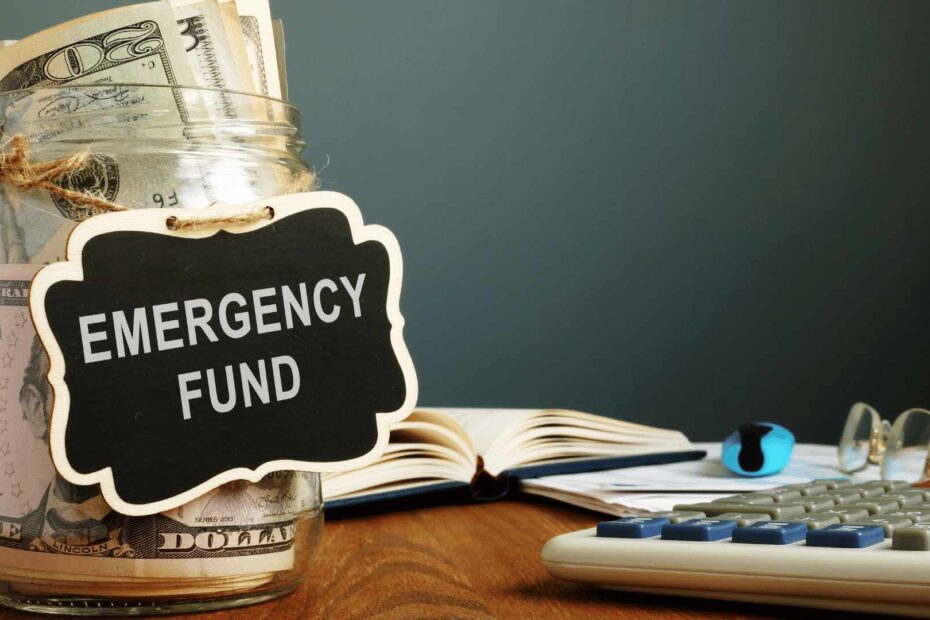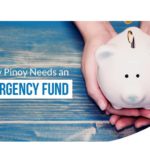Life is full of uncertainties, and financial emergencies can strike when you least expect them. From unexpected medical bills and sudden job loss to natural disasters, these situations can create significant financial strain. For Filipino families, having an emergency fund is more than just a financial safeguard—it’s a lifeline that provides stability and peace of mind.
As we face the challenges of 2025, building an emergency fund has become a critical step in securing your family’s future. This guide delves into the importance of emergency funds, how much you should aim to save, and actionable tips to help you start building one today.
What Is an Emergency Fund?
An emergency fund is a financial safety net designed to cover unexpected expenses. It’s separate from your everyday savings and should be readily accessible when you face unforeseen situations, such as:
- Medical emergencies not covered by insurance.
- Job loss or income reduction, helping you pay for essentials while searching for new opportunities.
- Natural disasters, like typhoons or earthquakes, requiring urgent repairs or temporary relocation.
For many Filipino families, having an emergency fund prevents the need to rely on high-interest loans or borrow money, which can lead to financial strain.
Why Emergency Funds Are Crucial for Filipino Families in 2025
1. Rising Cost of Living
The cost of basic necessities like food, transportation, and utilities continues to increase. An emergency fund helps you manage these unexpected price hikes without derailing your financial plans.
2. Economic Uncertainty
With global economic challenges and the lingering effects of the pandemic, job security remains a concern for many Filipinos. An emergency fund ensures you can meet your family’s needs even during tough times.
3. Natural Disasters
The Philippines is prone to typhoons, earthquakes, and flooding. These disasters often lead to unplanned expenses for repairs, temporary housing, or emergency supplies. Having an emergency fund allows you to act quickly when disaster strikes.
How Much Should You Save in an Emergency Fund?
The recommended amount for an emergency fund is three to six months’ worth of essential expenses. This includes costs for:
- Housing (rent or mortgage).
- Utilities (electricity, water, and internet).
- Food and groceries.
- Transportation.
- Insurance premiums.
For example, if your monthly expenses total ₱30,000, your emergency fund should range between ₱90,000 and ₱180,000. While this may seem like a large amount, building it gradually is key. Even having ₱20,000 to ₱30,000 as a starting point can provide a significant buffer for small emergencies.
How to Build an Emergency Fund
1. Start Small and Be Consistent
Set aside a fixed amount from every paycheck. Even ₱500 or ₱1,000 per month can add up over time if you stay consistent.
2. Automate Your Savings
Use a separate savings account for your emergency fund and set up automatic transfers to ensure you save regularly without forgetting.
3. Save Windfalls
Allocate bonuses, tax refunds, or other unexpected income directly to your emergency fund.
4. Reduce Unnecessary Expenses
Identify areas where you can cut back, such as dining out or subscriptions, and redirect those savings toward your emergency fund.
5. Use a High-Interest Savings Account
Place your emergency fund in a high-interest savings account to help it grow while keeping it easily accessible.
When to Use Your Emergency Fund
An emergency fund should only be used for genuine emergencies that affect your financial stability, such as:
- Unplanned medical expenses.
- Urgent home or car repairs.
- Loss of a job or major income reduction.
It’s important not to use this fund for non-essentials like vacations, shopping, or gadgets. Protecting your emergency fund ensures it will be available when you truly need it.
The Psychological Benefits of Having an Emergency Fund
Beyond financial security, an emergency fund provides peace of mind. Knowing that you have a safety net reduces stress and allows you to focus on long-term goals like saving for a home, education, or retirement.
For Filipino families, this peace of mind is invaluable, especially in a culture where providing for loved ones is a priority.
Common Misconceptions About Emergency Funds
While the importance of emergency funds is widely acknowledged, several misconceptions can hinder Filipinos from building one effectively. Addressing these misconceptions can help families take the right approach to financial preparedness.
1. “I Don’t Earn Enough to Save for an Emergency Fund”
Many people believe that saving is only for those with high incomes. However, building an emergency fund is possible at any income level. Start small—even saving ₱500 to ₱1,000 a month can grow into a meaningful amount over time. What matters is consistency and commitment.
2. “I Have Insurance, So I Don’t Need an Emergency Fund”
While insurance is a crucial financial tool, it doesn’t cover every situation. An emergency fund can handle out-of-pocket expenses, deductibles, or situations that insurance doesn’t address, such as short-term job loss or urgent home repairs.
3. “I Can Rely on Loans or Credit Cards for Emergencies”
While loans and credit cards provide quick access to cash, they come with high-interest rates that can lead to long-term debt. An emergency fund allows you to handle unexpected expenses without adding financial strain or interest payments.
4. “Emergency Funds Should Be Used for Any Large Expense”
Some people use their emergency funds for non-urgent expenses, such as vacations or gadgets. It’s important to reserve your emergency fund for genuine emergencies that threaten your financial stability, ensuring it’s available when you truly need it.
By debunking these misconceptions, families can better understand the purpose of an emergency fund and prioritize building one as part of their financial plan.
Final Thoughts
In 2025, an emergency fund is more essential than ever for Filipino families navigating rising costs, economic uncertainty, and natural disasters. By starting small, staying consistent, and prioritizing this financial goal, you can create a safety net that protects your family from life’s uncertainties.
Remember, financial preparedness is not just about saving money—it’s about securing your family’s future and ensuring you can weather any storm.




